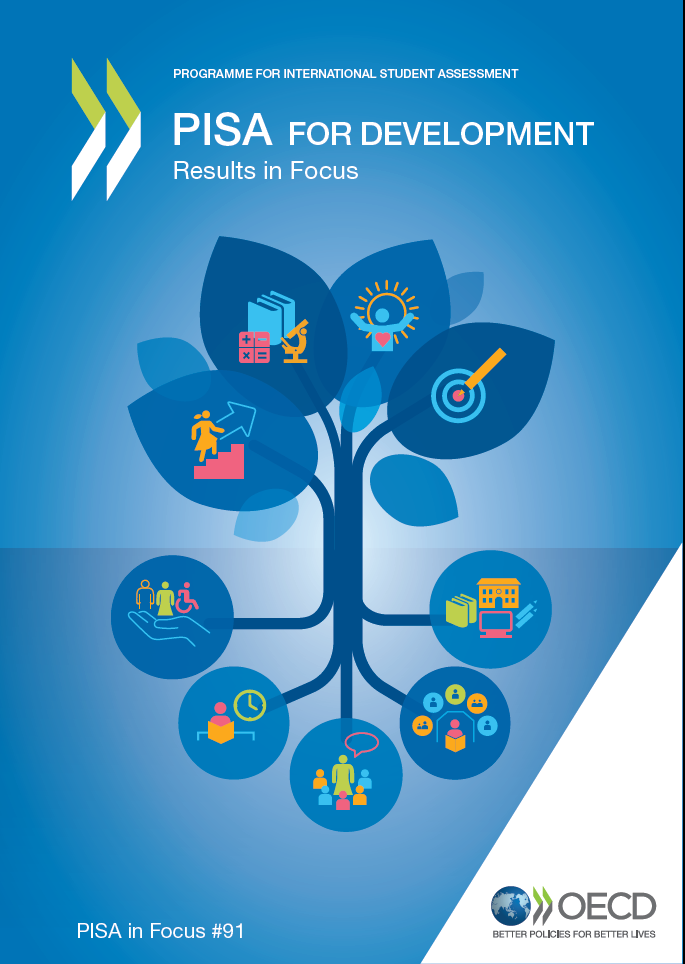PISA for Development : Results in Focus

View/
Date
2018-12Author
OECD. Organisation for Economic Cooperation and Development
Metadata
Show full item recordAbstract
Building on the experience of working with middle-income countries in PISA since 2000, and in an effort to respond to the emerging demand for PISA to cater to a wider range of countries, the OECD launched the PISA for Development (PISA-D) initiative in 2014. This one-off pilot project, spanning six years, aims to make the assessment more accessible and relevant to low-to-middle-income countries. A key component of PISA-D was building capacity in the participating countries for managing large-scale student learning assessments and using the results to support national policy dialogue and evidence-based decision-making. Around 37 000 students completed the school-based assessment, representing about one million 15-year-old students (in grade 7 or above) in the schools of the seven participating countries: Cambodia, Ecuador, Guatemala, Honduras, Paraguay, Senegal and Zambia. On average across PISA-D countries, only 43% of all 15-year-olds were enrolled in at least grade 7 by age 15 and were eligible to sit the PISA-D test, compared to the OECD average of 89%. The remaining 15-year-olds were either in grades below 7 or were out of school. In Cambodia, Senegal and Zambia, only around 30% of 15-year-olds were eligible to sit the PISA-D test.
